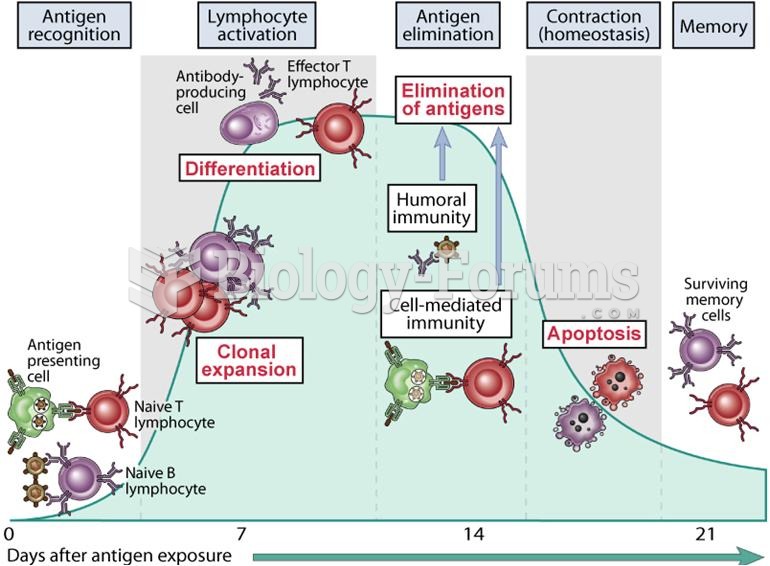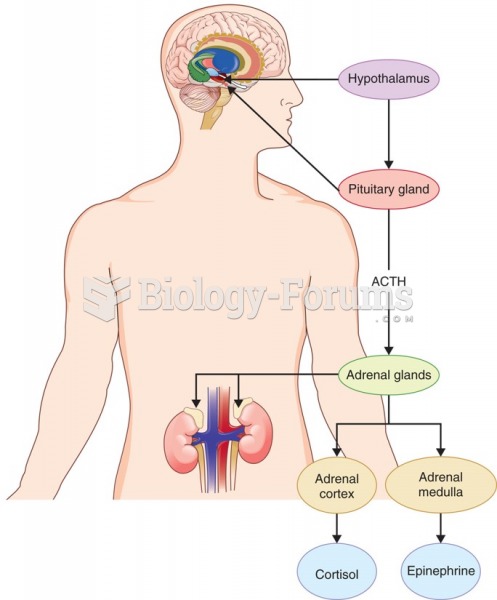Answer to Question 1
Beck's cognitive-behavioral approach to treating depression involves four phases that typically unfold in less than 20 sessions. In the first phase, behavioral treatment approaches are applied that are designed to encourage participants to become more active. By the second stage, individuals begin the process of learning about and recording their automatic thoughts. The therapist challenges the accuracy of their distorted thoughts and assists them in learning the process of self-challenge. By the third phase, through the assistance of their therapist, individuals learn to identify their negative thinking patterns and biases (i.e., errors of thinking). Finally, in the fourth phase, the therapist helps participants challenge and change maladaptive attitudes that underlie their automatic negative thoughts.
Answer to Question 2
As we discussed in Chapter 5, individuals with severe or chronic medical conditions (e.g., myocardial infarction) are more likely to experience depression and some of these persons will develop major depression disorder (estimates range from 20 to 25) (American Psychological Association, 2000). Low self-esteem is also a vulnerability factor for depression. As Brown (1998, p. 234) remarks, low self-esteem puts people at risk for developing depression when a negative life event occurs.. Orth, Robins, and Meir (2009) concluded, based on assessments of data collected from three longitudinal studies that even under low stress conditions low self-esteem is a vulnerability factor to depression.
Engaging in ruminative thinking about one's depression, defined as a repetitive form of thinking, in which one repeatedly and in an abstract-evaluative way ponders about oneself, and about the possible causes, meaning, and implications of one's sad and depressed feelings is also a vulnerability factor for prolonging and deepening depressed moods as well as predicting the maintenance of clinical depression and the onset of new episodes of depression (Raes, 2010, p. 758).







